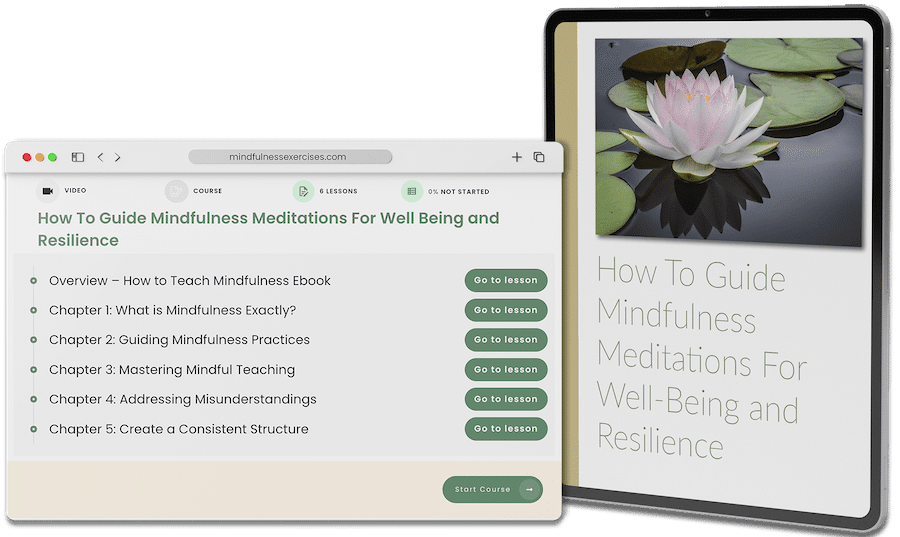Just what is mindful leadership? It is the ability to anchor mindfulness into the complex and challenging situations presented to us by the workplace. See, without mindful leadership, unconscious patterns tend to continue on without being solved by insight and conscious awareness. These unconscious patterns have the potential to erode relationships and create disharmony, which is why it is important to tackle them head-on! Here are three ways to bring mindful leadership into your workplace. Are you up for the challenge?
1. The Importance of Concentration
When you sit in meditation, you aspire to remain fixed and firm–like a rock–amidst the rushing river of thoughts and mental impressions. This is only possible through concentration. The same applies to the situations of the workplace. Ongoing challenges present you with the opportunity to deepen your mindfulness practice by remaining focused and poised. In his new book, Focus, Daniel Goleman, the author of Emotional Intelligence says that, “One way to boost our will power and focus is to manage our distractions instead of letting them manage us.” It is only through concentration and awareness that we can turn the tide on these distractions. Which brings us to our next tip…
2. Get to the Truth
One of the biggest downfalls of man is the tendency to jump to conclusions and make assumptions without adequate evidence. When something goes wrong, most of us experience an inner storm of emotion which causes us to seek someone to blame. In the midst of this storm, we lose our ability to reason and we can quickly succumb to the whim of ignorance and uninformed actions. Because of this, it is important to weather the storm by remaining mindful. Know that it will pass and that if you resist hasty action, clarity will come in its wake.
3. Eliminate Communication Roadblocks
In Getting to Yes: Negotiating Agreement Without Giving In, Robert Fisher and William Ury describe a major problem many managers and aspiring leaders are likely to face on numerous occasions–communication roadblocks. These are unconscious reactions that most of us have in response to difficult situations or disagreements with others. One example of a communication roadblock is projecting a problematic situation on a person through labeling. For example, instead of saying “this is a difficult situation,” you may say “why are you so difficult?” This is usually done in frustration. Another example is arguing from a firmly established position, rather than seeking to find common interests. As Gandhi said, “You cannot shake hands with a clenched fist.” Try to find common ground with those you disagree with; you will be impressed how much it helps!
It Takes Work!
Do not be discouraged if you find it difficult to remain mindful in difficult situations. Incorporating mindfulness into your daily life is an ongoing process–a lifetime’s work. The journey matters more than the destination, and the process of development in and of itself is the joy of being. Please contact us if you have any questions or comments on developing mindful leadership, or bringing increased mindfulness into the workplace.
Find more exercises related to mindfulness at work here.


















